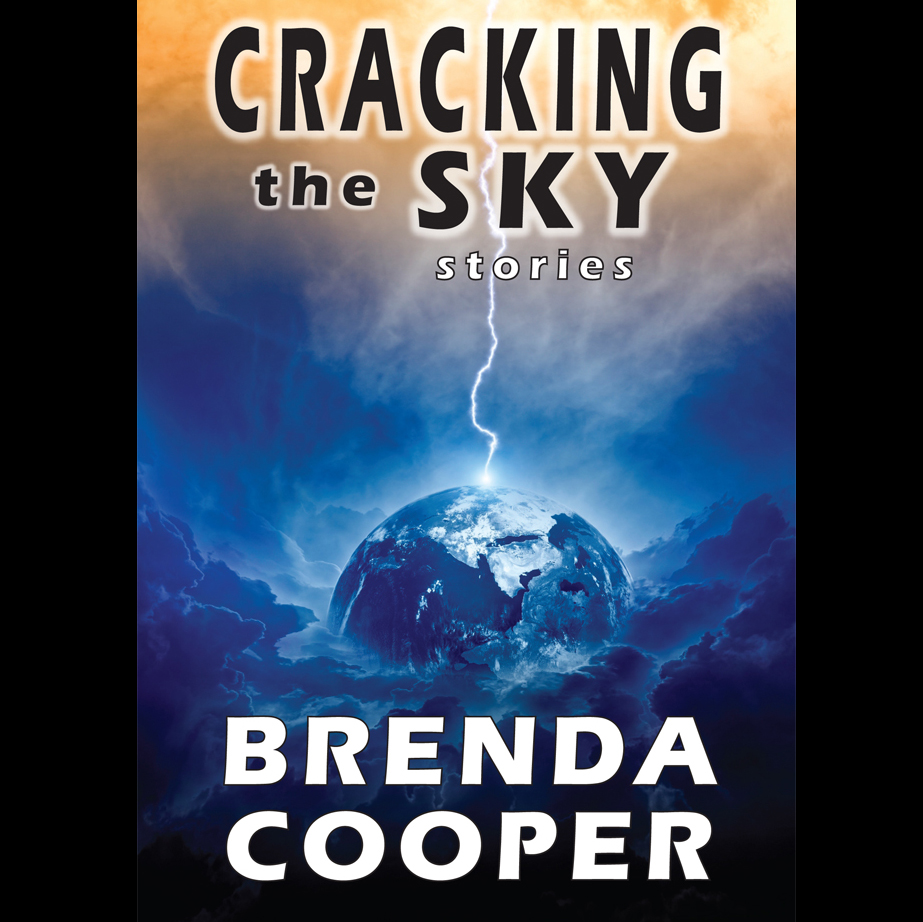Review by Catherine Cheek
Bones of Faerie, by Janni Lee Simner, is a post-apocalyptic YA fantasy set in a small Missouri town ravaged by magic. The main character is Liza, a teenage girl still haunted by the memory of her dead baby sister. Her father’s, and her town’s attitude towards anyone touched by magic is explained in one of the creepiest and most poignant first chapters ever.
“I had a sister once. She was a beautiful baby, eyes silver as moonlight off the river at night. From the hour of her birth she was long-limbed and graceful, faerie-pale hair clear as glass from Before, so pale you could almost see through to the soft skin beneath.
My father was a sensible man. He set her out on the hillside that very night”
Liza’s mother leaves soon after the baby dies, and when Liza discovers she has magic of her own, she flees her father’s inevitable anger. She’s joined by her friend Matthew, and the two of them journey to a nearby town which has a very different attitude.
The focus of this novel is an emotional one. Once Liza reaches the other town (Washville) and is healed (by magic!) the plot stops moving forward for several chapters while Liza comes to terms with the idea that magic can do good as well as evil. This idea broadens her perspective and helps her grow as a character, but it also highlights the injustice of her sister’s death and her mother’s disappearance.
In Washville she meets a young healer girl named Allie, her teacher Caleb, and a woman named Karin whose magic is so strong the trees listen to her and stop attacking when she asks them to. Caleb and Liza’s missing mother have a history together, and Karin has secrets. Even Matthew knows more than he’s telling. Liza realizes she won’t know the truth until she finds her mother.
Liza travels with her companions to Faerie. She uses her newfound magic to find her mother, and when they return to her home, she uses her newfound strength to confront her abusive father. She also learns facts that do so much to clarify earlier conversations that Bones of Faerie will prove to be a different novel the second read through. A more astute reader will figure it out right away, but I had a pleasant “ah ha!” moment at the end of the novel.
Although it’s set in an apocalyptic America, this world bears little relation to the horrifying wastelands of others in this genre. The dangers on the road are primarily natural ones. Trees, for example, have a taste for human blood, and somehow even their shadows can harm people. Rocks explode, hawks seek humans as prey, and even wild dogs attack, but except for Liza’s father, the few people they meet are hospitable and kind.
Some of the post-society elements didn’t make sense. For example, the adults remember flying in airplanes and watching television, but their children don’t even recognize money. The people fear starvation, and tree-attacks, but they don’t seem to fear other human survivors. Other elements are sketched out so lightly that they don’t bear close scrutiny. The war between Faerie and our world destroyed human society, but no one mentions who started the war or why, though Matthew’s gran drops a phrase that suggests that the destruction of Faerie by human hands ended the war.
You’ll find this novel in the Young Adult section. Unlike many in this genre, it really does feel as though it has been written specifically for readers in their early to mid-teens. Not only is the setting lightly sketched, but the characters are simply portrayed as well. Matthew is the kind friend, Allie is the sweet girl, Karin and Caleb and Kate are wise elders, and Liza’s father provides the one evil character. The good are sweetly good and the evil are despicable. Even the cat is a paragon of feline loyalty.
Liza is described as fourteen, but her roles are clearly those of a child: sister, daughter, friend. She isn’t a woman yet; there’s no touch of sexuality between her and the other characters. She makes her own decisions, but she also relies on the counsel of parental figures in a way that older teens and women in their twenties don’t often do (especially in literature.) Also, while the emotions the novel touches on—belonging, fear, grief, and openmindedness—are universal human emotions, they are all emotions children can understand.
The emotional realism is really where Bones of Faerie shines. We feel Liza’s grief and remorse when she can’t save her sister or stop her mother from leaving. We understand her fear when she lets her friends follow her, knowing she can’t keep them safe. Simner brilliantly mixes hope and despair when Liza finally finds her mother and doesn’t know if all their skills are enough to save her. Most poignant of all is the realization that magic, which can and does hurt people, can’t be eradicated because it exists in everyone. There is no safety. Liza’s baby sister died for nothing.
Bones of Faerie is quite short. The opening chapter is the most horrifying, so any young reader mature enough for that is mature enough to read the rest of it. Younger readers will enjoy the plot and characters, as they are simple and follow a standard quest trope. Older readers might find the story too simplistic in and of itself, but adults who enjoy YA and those who are willing to look for a deeper meaning will find it worthwhile.


















Speak Your Mind